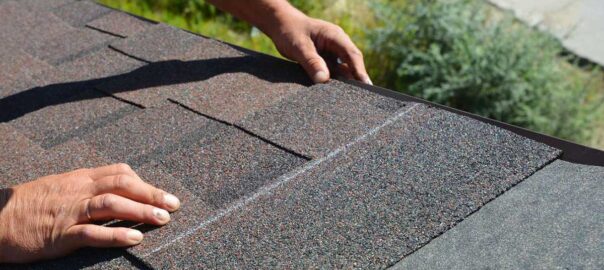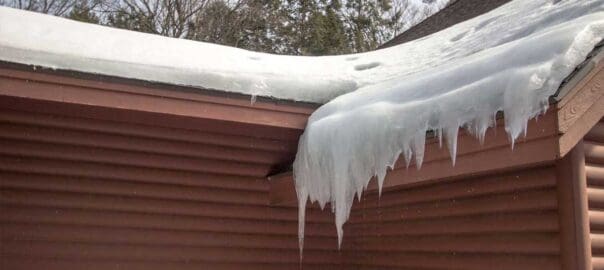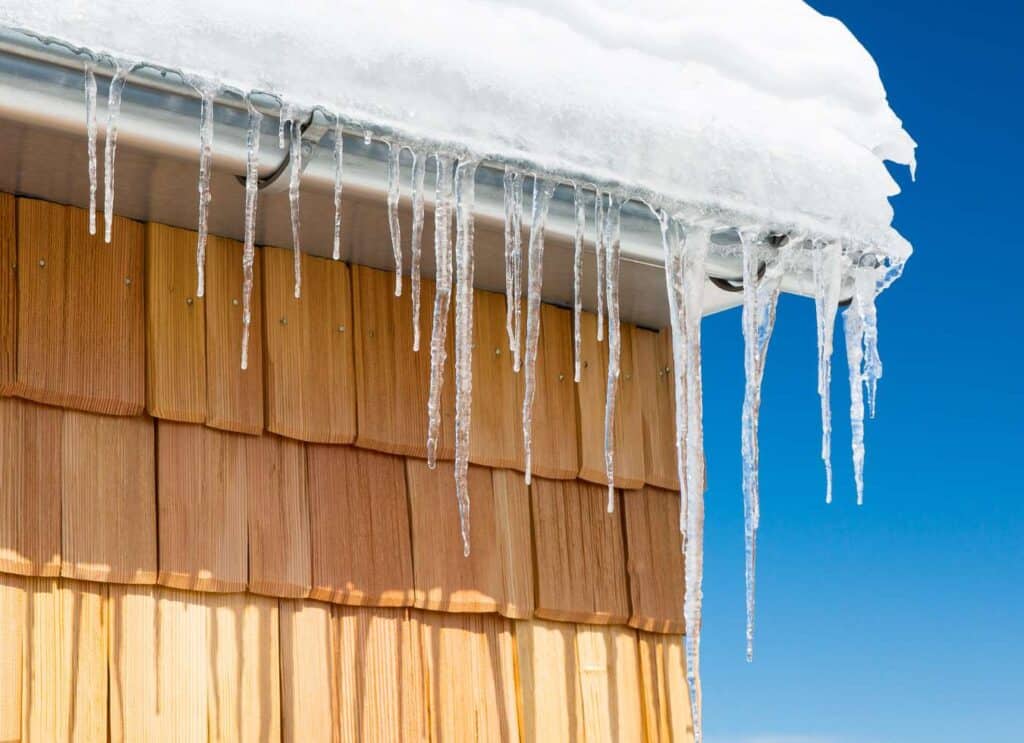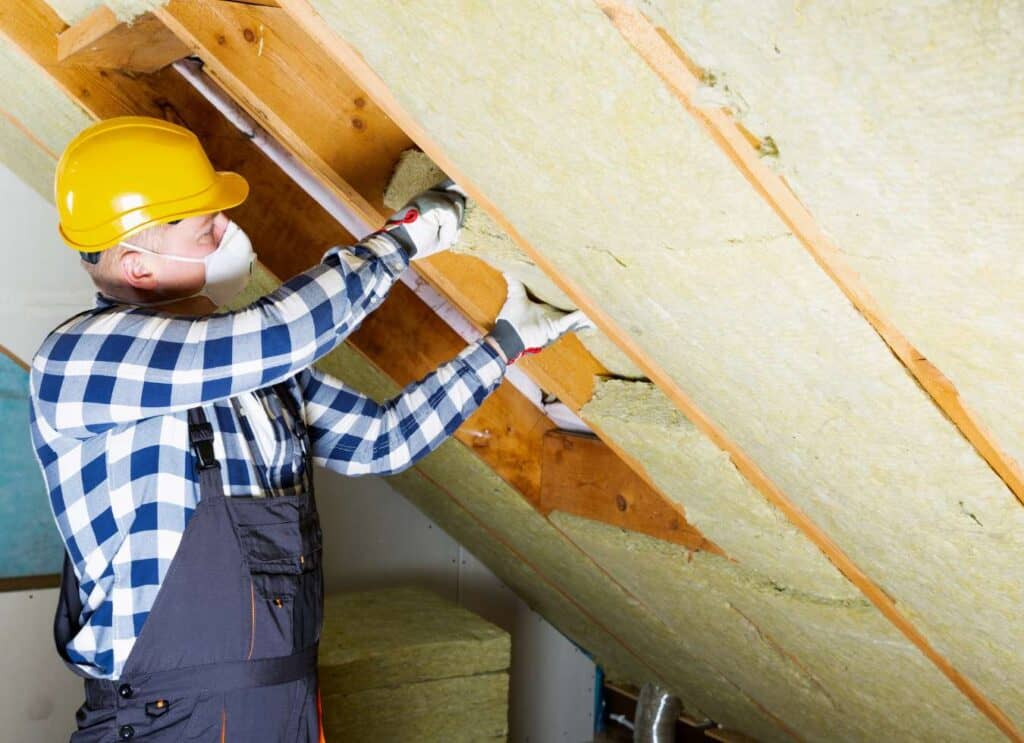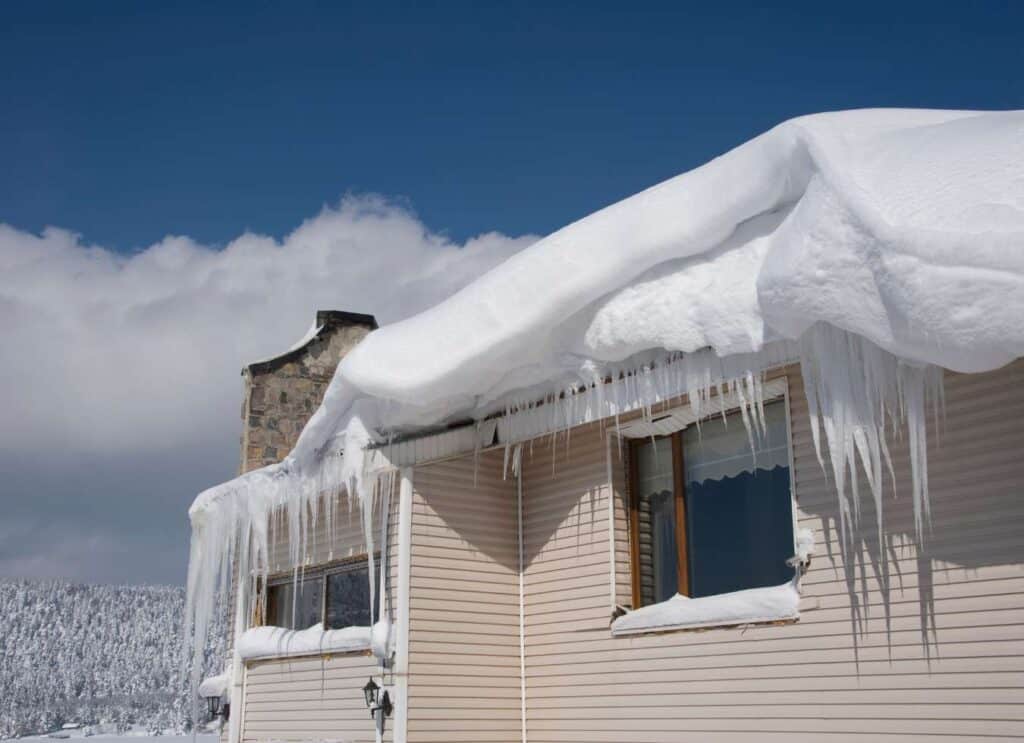Alright, folks—let’s talk shingles. Yes, you heard me right—the unsung heroes of your roof. While everyone’s eyeing the latest iPhone, your roof is quietly working its magic, keeping your home safe, dry, and protected from the unpredictable Colorado weather. And when it comes to picking the right shingles for your roof, there’s one burning question you might have:
Malarkey Legacy or Vista? Which one is the best choice for my roof?
Well, buckle up because this will be a thrilling ride through the world of roofing materials. We will break down the pros, cons, and key differences between the Malarkey Legacy and Vista shingles so that you can make an informed decision—and maybe even enjoy the process a little.
But first—let’s get one thing straight. Whether you choose the Legacy or Vista, you’re already on the right track. Both options are top-notch, are designed for durability, and offer great value. So, why choose one over the other? Let’s dive in!
Note: If you are working with us to replace your roof and you don’t have Class 4 IR (Impact Resistant) architectural shingles, which can get you a significant discount on your homeowner’s insurance premiums year after year, in most cases, we can give you a FREE upgrade to the Malarkey Vista Shingle or another shingle just like it. Talk to your Project Manager when they come out for a FREE roof inspection and see if you qualify for the upgrade.
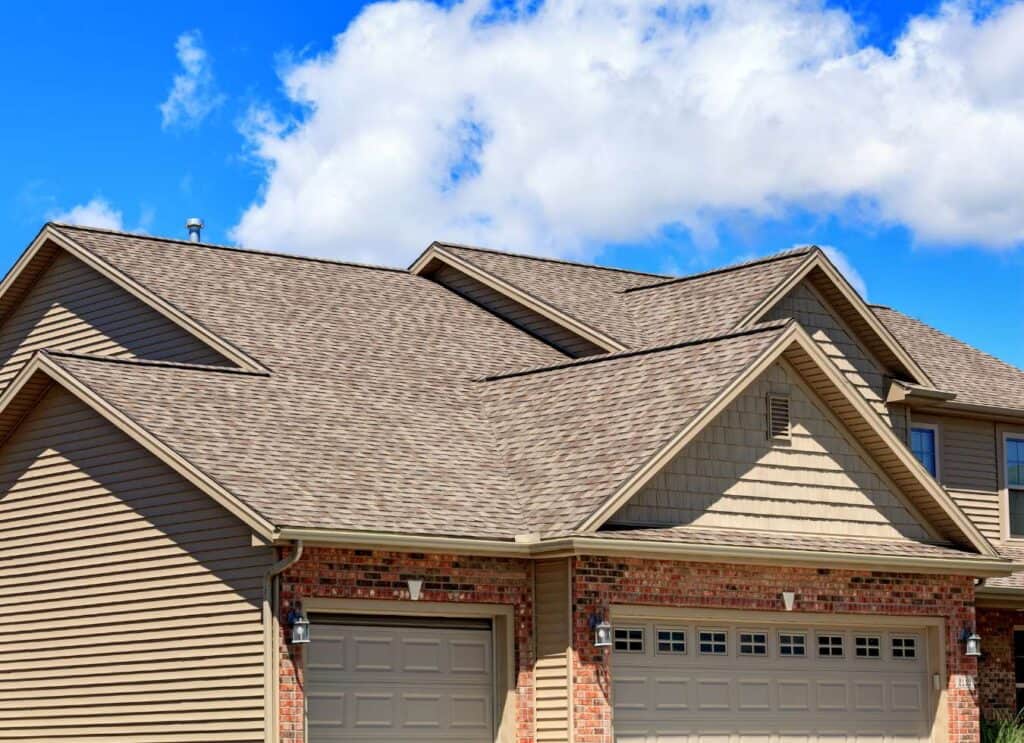
The Malarkey Legacy: The Premium Choice for Long-Term Protection
Let’s start with the Malarkey Legacy shingles. Think of the Legacy as your rustic cottage-style home roofing solution. It is a luxury option—a shingle that delivers performance and style. These bad boys are highly rated and known for their superior wind resistance, durability, and energy efficiency. Plus, they come in stunning colors that complement virtually any home style.
Here’s why the Malarkey Legacy shingles are a fan favorite, especially for Colorado homeowners:
1. Enhanced Durability
When battling the Colorado elements—from hailstorms to snow, sun, and wind—you need a shingle to withstand them. The Malarkey Legacy is designed with Advanced Sealant Technology and Polymer Modified Asphalt, which gives these shingles impressive resistance to cracking, splitting, and blow-offs.
So, whether you’re dealing with those crazy wind gusts that seem to come out of nowhere in Colorado (thanks, Rocky Mountains) or hailstorms that feel like being hit by tiny baseballs, the Legacy is here to save the day.
2. Hail Protection
If you’ve lived in Colorado for even a hot minute, you’ve probably seen your fair share of hailstorms. And if your roof isn’t up to par, those little hailstones can cause severe damage. But do not worry—Malarkey Legacy shingles are Class 4-rated, which means they’re hail-resistant and can handle those rocky projectiles without flinching.
This is especially important in Colorado, where hailstorms are a seasonal reality. Class 4-rated shingles can help reduce the risk of costly roof repairs and replacements, making them an excellent investment for homeowners who want to future-proof their roofs.
3. Energy Efficiency
The Malarkey Legacy shingles have a Cool Roof Rating, meaning they help reflect solar energy instead of absorbing it. This is a big deal in Colorado because while our winters may be chilly, our summers can bring severe heat.
Cool roofs like the Legacy can help reduce energy bills by keeping your home cooler. So, not only do you get a roof that looks good, but it also saves you money in the long run. Double win!
4. Aesthetic Appeal
Okay, let’s face it—appearance matters. You want your home to stand out; the Malarkey Legacy shingles help you do that. With their architectural design and rich color palettes, these shingles add an elegant, sophisticated touch to your roofline.
Whether you’re going for a modern, classic roofing product design or rustic designs that can be enhanced with Malarkey roofing products, Legacy shingles have a style that can complement your home’s unique personality.
Note: There is an upcharge for Malarkey Legacy Shingles. They give you a more extended warranty and a bit more protection because of the thickness of the shingles. Still, in all honesty, the Malarkey Vista is an EXCELLENT shingle for your roof without the extra expense. Remember, they are both Class 4 IR Shingles and get you the same discount as your insurance company for having a Class 4 shingle.

The Malarkey Vista: A High-Quality, Budget-Friendly Option
Now, let’s talk about the Malarkey Vista shingles. If the Legacy is the premium option, the Vista is like the fun, affordable younger sibling that still gets the job done. Like Legacy, it is a Class 4 IR shingle. The Vista shingles are built for long-lasting performance but with a slightly more budget-conscious price tag.
Here’s why Vista might be your go-to choice for your Colorado roof:
1. Excellent Value for the Price
The malarkey roof is an excellent choice if you’re looking for quality shingles that won’t break the bank. Malarkey Vista is a great option. The Vista shingles are still made with the same high-quality materials as Malarkey products. High-quality materials like malarkey shingles, such as the Legacy, come at a more affordable price point. This makes them a fantastic choice for homeowners who want a reliable roof without splurging.
It’s like getting a premium product at a value price—what’s not to love?
2. Reliable Performance in Harsh Weather
Don’t let the lower price of malarkey roofing products fool you. The Vista shingles are still engineered to withstand Colorado’s harsh weather. While they might not have the same Class 4 hail rating as the Legacy, they still offer good resistance to wind and impact damage.
The Vista shingles are rated to handle wind speeds up to 130 mph, which is impressive considering the high winds that occasionally blow through Colorado.
3. Great Look for Less
Just because you’re opting for the Vista shingles doesn’t mean you have to sacrifice looks. With their sleek, dimensional design and various colors, the Vista shingles offer curb appeal at a price that won’t make your wallet cry.
Whether you have a cottage-style home adorned with durable malarkey shingles or something more contemporary, the Vista shingles bring a touch of class without the premium price tag.
4. Eco-Friendly Features
Like the Legacy, the Vista shingles are environmentally friendly regarding energy efficiency and use recycled materials. So, if you’re the type of homeowner who loves to make earth-conscious choices, the Vista shingles are an excellent option for your roof replacement.

Malarkey Legacy vs. Vista: Which One Is Right for You?
Ultimately, choosing Malarkey Legacy or Vista depends on your preferences and budget. Both shingles offer top-notch durability, aesthetic appeal, and long-term protection against Colorado’s unpredictable weather.
Here’s a quick rundown to help you decide:
Choose the Malarkey Legacy if:
- You want the best malarkey roof for your home, hail resistance and durability (hello, Class 4 rating!).
- You’re willing to invest in a premium product that offers superior protection and energy efficiency.
- You love the idea of a high-end look with various color options.
Choose the Malarkey Vista if:
- You’re looking for a budget-friendly option with excellent performance, like a class 4 impact rating.
- You want a solid, reliable roof that can withstand Colorado’s harsh weather without breaking the bank.
- You prefer a sleek design with eco-friendly benefits.
Other Popular Questions Related to Roof Shingles
Q: What are the main differences between Malarkey Legacy and Vista® shingles?
A: The primary differences between Malarkey Legacy and Vista® shingles lie in their impact resistance and material composition. Legacy shingles have a Class 4 impact resistance, making them more durable against extreme weather, whereas Vista® shingles have a Class 3 impact rating. Both shingles are designed with Nex® rubberized asphalt for enhanced flexibility and strength.
Q: How do Malarkey shingles help in reducing environmental impact?
A: Malarkey shingles, including Legacy and Vista® lines, incorporate smog-reducing granules that help clean the air by converting smog gases into water-soluble ions. Additionally, they use recycled materials, reducing landfill waste and supporting sustainable practices in the roofing industry.
Q: Why should I choose Malarkey Legacy shingles for my Colorado roof?
A: Malarkey Legacy shingles are ideal for Colorado’s climate due to their Class 4 impact resistance, which offers superior protection against hail and extreme weather. Their rubberized asphalt technology provides flexibility and durability, making them a reliable choice for homeowners in harsh climates.
Q: What benefits do Malarkey Vista® shingles offer homeowners?
A: Malarkey Vista® shingles balance affordability and performance with a Class 3 impact rating. They feature Nex® polymer-modified asphalt for enhanced strength and include algae-resistant granules that help prevent unsightly algae streaks, maintaining the roof’s aesthetic appeal.
Q: Are Malarkey roofing products suitable for all architectural styles?
A: Yes, Malarkey roofing products, including Legacy and Vista® shingles, are available in various colors and styles to complement different architectural styles. Their designer shingles offer versatility, ensuring homeowners can find a suitable match for their home’s design.
Q: How does the wind warranty differ between Malarkey Legacy and Vista® shingles?
A: Malarkey Legacy and Vista® shingles have a robust wind warranty. Legacy shingles offer a higher wind warranty due to their enhanced durability and Class 4 impact resistance, making them more suitable for areas with frequent high winds.
Q: Can I install Malarkey shingles or hire a professional roofer?
A: While experienced DIY enthusiasts can install Malarkey shingles, it is recommended that you hire a professional roofing contractor. A certified roofer ensures proper installation, maximizes the shingles’ performance and longevity, and maintains the warranty.
Q: What is the significance of Nex® rubberized asphalt in Malarkey shingles?
A: Nex® rubberized asphalt is a key feature in Malarkey shingles, providing enhanced flexibility, durability, and impact resistance. This technology allows the shingles to withstand temperature fluctuations and extreme weather conditions better, offering long-lasting protection for your roof.
Q: How do Malarkey shingles compare to other brands like CertainTeed?
A: Malarkey shingles are known for innovative features, such as Nex® rubberized asphalt and smog-reducing granules. While CertainTeed also offers high-quality roofing products, Malarkey’s focus on sustainability and environmental impact sets them apart in the roofing industry.
Q: Are there any specific maintenance requirements for Malarkey shingles?
A: Malarkey shingles are designed to be low-maintenance, but regular inspections and cleaning can help prolong their lifespan. It is essential to check for any damage after extreme weather events and to keep the roof free from debris to ensure optimal performance.

Conclusion: Both Are Great Choices, But Your Home Deserves the Best
Here’s the bottom line: when picking shingles for your roof replacement, consider Malarkey shingles. Both Malarkey Legacy and Vista are fantastic options. The Legacy offers premium protection for homeowners who want top-tier performance and curb appeal, while the Vista offers solid quality at a more budget-friendly price point.
No matter your choice, you’re investing in a roof that will withstand the elements and keep your home safe for years.
At Denny’s Roofing, we’re here to help you make the right decision for your home, budget, and long-term goals. Ready to upgrade your roof with Malarkey shingles or other high-quality roofing products, such as Malarkey Legacy or Vista shingles? Contact us today for a free consultation, and let’s get your roof looking and performing its best!
Denny’s Roofing: Your local Colorado roofing experts.
Your roof deserves the best. Let’s make it happen!

